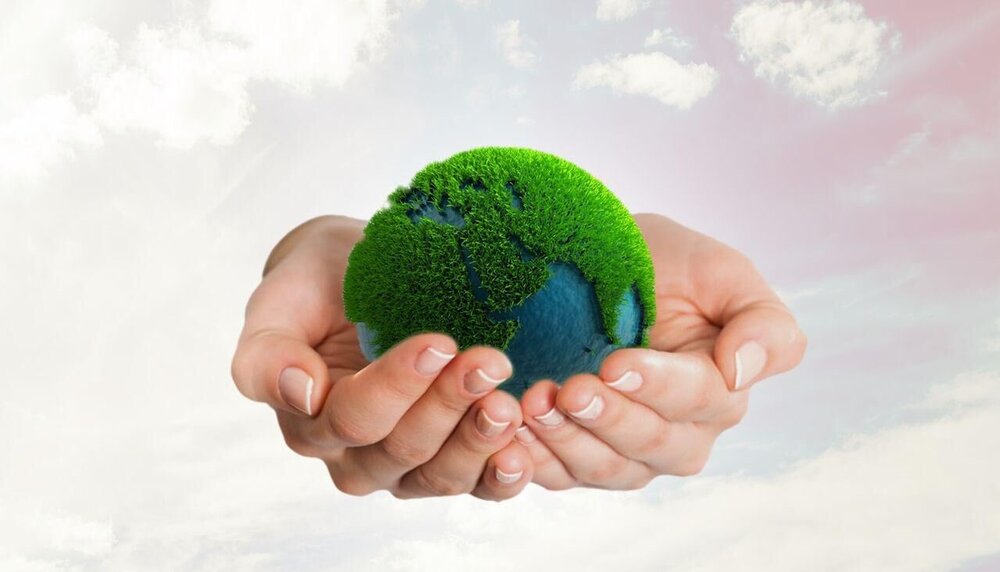Iran to host neighboring countries to solve environmental problems

TEHRAN – The Department of Environment (DOE) will host a meeting of officials from neighboring countries in the near future to strengthen and develop regional environmental relations.
Strengthening environmental diplomacy by establishing regional institutions for combating dust, water pollution, and regional and international convergence in countering environmental hazards are the main tasks of the DOE.
President Ebrahim Raisi has ordered the DOE and other relevant agencies to eliminate the dust problem through diplomacy and international forums and in cooperation with neighboring countries.
Accordingly, the DOE organized a meeting of ministers and senior officials of neighboring countries and representatives of related international organizations to discuss the issue.
This meeting will soon be held with the cooperation of the related organization, in an effort to achieve an international document on various environmental problems in the region and their destructive effects on neighboring countries.
SDSs affecting Iran
Dust events originate predominantly in arid or semi-arid environments, which account for some 33 percent of the total world land area. In fact, the northern hemisphere generates some 90 percent of global airborne mineral dust, where it is also deposited.
Most “dust storm” occurrences are in the region beginning on the west coast of North Africa and extending through West Asia into Central Asia. North Africa is the main dust source area, alone responsible for generating more than 50 percent of the total desert dust in the atmosphere and almost five times as much as the second main source, the Arabian Peninsula.
In Iran, internal dust sources estimated at 34.6 million hectares, generate an average amount of 4.22 million tons of dust per year, of which 122.7 kilograms are raised per hectare annually.
Of this area, about 1.4 million hectares are from arid wetlands and about 2.5 to 3 million hectares are in habitats managed by the Department of Environment.
A study conducted in 6 provinces of Khuzestan, Ilam, Kermanshah, Sistan-Baluchestan, South Khorasan, and Hormozgan showed that this phenomenon has incurred a loss of about 590 trillion rials (nearly $2.1 billion) in a 3-year period.
€370 million to combat SDSs
In the past four years, about €370 million has been spent by the National Development Fund to combat SDSs, which had good results, but it seems that the annual credit is declining as conditions improve, Ali Mohammad Tahmasebi, head of the national working group for SDSs mitigation, said in March.
During the [Iranian calendar] year 1399 (March 2019-March 2020), €100 million was earmarked in this regard, but the next year's budget bill has proposed €20 million for SDS mitigation, which experts believe will even destroy those measures, he explained.
“However, various measures have been taken to fight the phenomenon, including, planting seedlings on about 26,000 hectares of dust centers in the past three years, as well as managing grazing in 2 million hectares of the protected areas and natural resources.”
Conservation agriculture (sustainable agriculture) was conducted on 160,000 hectares of farming lands, in addition to 100,000 hectares of dredging, he concluded.
FB/MG
Leave a Comment